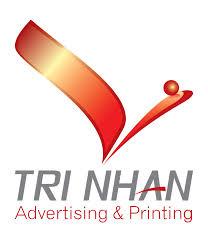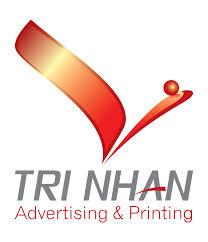The Tire Curing Press Industry encompasses manufacturers, suppliers, and service providers involved in the production and distribution of tire curing equipment. This industry is characterized by technological advancements aimed at improving the efficiency and quality of tire production processes. The increasing emphasis on automation and the integration of smart technologies in manufacturing are key trends shaping the industry. As the demand for innovative tire manufacturing solutions continues to rise, the tire curing press industry is expected to experience significant growth, fostering competition among key players.
The tire curing press market is a crucial segment of the tire manufacturing industry. Tire curing presses, also known as vulcanizing machines, are used to mold and cure rubber into finished tires under heat and pressure. These machines ensure consistent tire quality, structural integrity, and durability. With the rise in global automotive production and the demand for high-performance tires, the tire curing press market has gained prominence. Tire manufacturers increasingly focus on precision, automation, and energy efficiency, making curing presses an essential part of modern production lines.
Types of Tire Curing Presses
Tire curing presses are primarily classified based on their design and operational mechanism. Mechanical presses use conventional hydraulic or mechanical systems to apply pressure during the curing process. Hydraulic presses offer higher force and precise control, suitable for larger tires and complex molds. Modern advancements include automated and fully programmable presses that incorporate digital control systems, ensuring repeatability, reduced cycle times, and minimal waste. Additionally, multi-station curing presses are designed for high-volume production, offering scalability and operational efficiency.
Market Drivers
The tire curing press market is driven by increasing automotive production, rising demand for replacement tires, and growth in the commercial vehicle segment. Urbanization and rising disposable incomes are fueling passenger car sales, further boosting tire demand. Moreover, advancements in tire technology, including low-rolling-resistance tires and high-performance variants, necessitate precision curing presses for manufacturing. The adoption of smart and energy-efficient presses is also reducing operational costs and environmental impact, enhancing market growth potential.
Applications in the Tire Industry
Tire curing presses are integral to the tire manufacturing process. They are used for curing passenger car tires, truck and bus tires, motorcycle tires, and specialty tires for agricultural or industrial machinery. These presses ensure uniform heat distribution, proper vulcanization, and accurate mold shaping, directly impacting tire quality and performance. The growing focus on electric vehicles is also creating demand for specialized tire curing presses capable of producing lightweight, durable, and high-performance tires suitable for EV applications.
Regional Insights
The tire curing press market is geographically concentrated in regions with significant automotive and tire production. Asia-Pacific dominates due to China, Japan, India, and Southeast Asia’s strong automotive industry and tire manufacturing capabilities. North America and Europe are mature markets with technologically advanced tire manufacturing plants focusing on automation and energy efficiency. Emerging markets in Latin America and the Middle East & Africa are gradually adopting modern tire curing technologies, presenting growth opportunities for market players and manufacturers.
Challenges and Opportunities
Key challenges include high capital investment, technical complexity, and maintenance costs associated with tire curing presses. Integration of automated systems and energy-efficient solutions can be costly for smaller manufacturers. However, opportunities exist in smart manufacturing, IoT-enabled presses, and hybrid energy systems. These innovations enhance productivity, reduce operational costs, and support sustainability initiatives, providing tire manufacturers with a competitive advantage in a highly demanding market.
Future Outlook
The tire curing press market is expected to experience steady growth driven by automotive expansion, tire replacement demand, and technological innovations. Trends such as automation, digitization, and energy-efficient presses are transforming tire manufacturing processes, increasing efficiency and precision. With global emphasis on sustainability and performance, tire manufacturers will continue to invest in advanced curing presses to produce high-quality tires for diverse applications, ensuring long-term market growth.
FAQs
Q1: What is a tire curing press used for?
A tire curing press is used to mold and vulcanize rubber into finished tires, ensuring durability, quality, and structural integrity.
Q2: What types of tire curing presses exist?
Mechanical, hydraulic, automated, and multi-station curing presses are the main types, each offering specific benefits based on production needs.
Q3: What factors are driving the tire curing press market?
The growth of automotive production, replacement tire demand, technological advancements, and sustainability initiatives are driving market expansion.
Americas Packaged Water Treatment System Market


